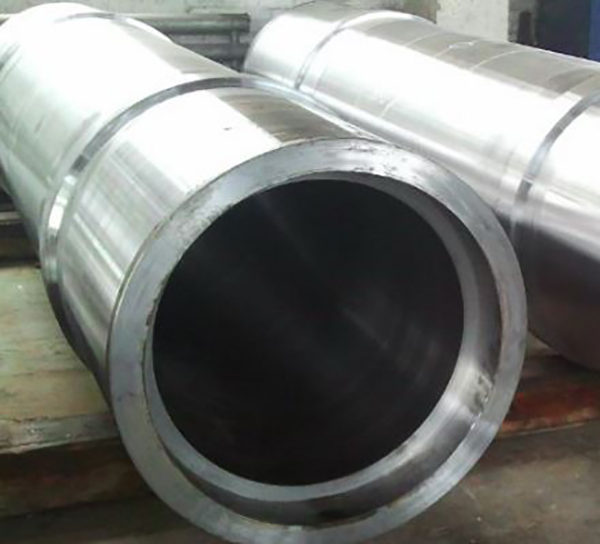CENTRIFUGALY CASTED PIPES

Centrifugal Casting Pipe Manufacturers Centrifugal Casting Pipe Manufacturers
SEND ENQUIRY
WHY CENTRIFUGALY CASTED PIPES?
Longer Life
The products manufactured by centrifugal casting or spin casting have a longer life because of its dense and close-grained structure. This characteristic makes the products withstand higher stress even in the harsh environment. This also saves the users money because of the low maintenance cost.
Zero rejects
The impurities with low densities would be driven to the inner surface by the centrifugal force. The impurities and trapped oxides are easily machined off. Therefore, there is zero rejects by centrifugal casting.
Flexibility of alloy choices
Various materials are able to be casted by centrifugal casting. Thus, it it suitable for producing custom symmetric components.
Centrifugal Casting Eliminates Mid-wall Defects
The centrifugal process does not rely on discrete risers or feed points to ensure the absence of trapped porosity. Rather, the inner diameter remains fully liquid during the solidification process, resulting in a continuous supply of metal to feed areas of contraction.
Unlike conventional gravity or static castings that chill from both the inside and outside surfaces and risk trapping mid-wall shrinkage, centrifugal castings solidify from the outside surface inward. The result is a part consistently free of shrinkage cavities, gas pockets, and blowholes.
Centrifugal Casting Controls Impurities
Unique to the centrifugal process is the high force that effectively isolates less dense substances in the casting’s bore area. These impurities are later machined away, leaving a defect free part. Molten metal is fed into a rotating mold where a centrifugal force of up to 100Gs is applied to the metal. Centrifugal force is critical for this process. The Gs produced are dependent on the RPM and diameter of the chill mould.
The centrifugal force pushes high density metal against the mould sidewall while lower density components migrate or "float" toward the I.D. These lower density items include metal oxides, sulfides, gases, and other impurities that would otherwise have been inclusions in the casting. This phenomenon is termed “secondary refining".
Centrifugal Casting Greatly Reduces Micro Porosity
The combination of directional solidification, impurity migration to the I.D., and solidification under pressure produces a component with superior defect distribution and soundness compared to other manufacturing processes.
PRODUCTION LIMITS:-
DIAMETERLENGTHTHICKNESS
120-1500 MMUPTO 4500 MM16-100 MM